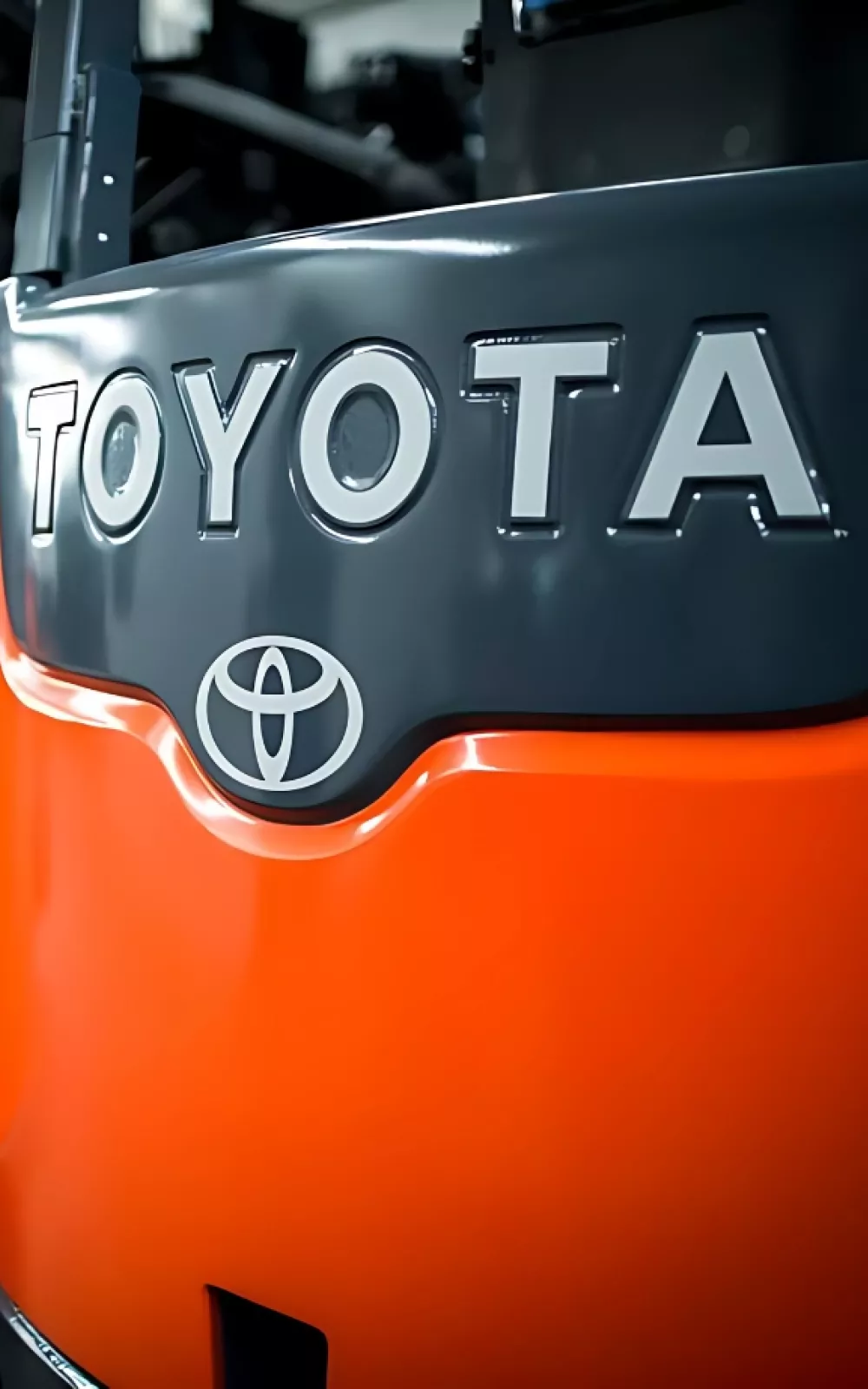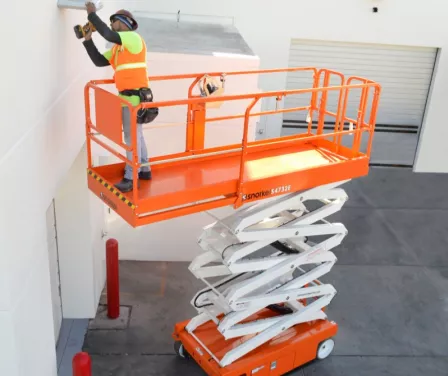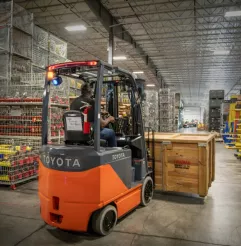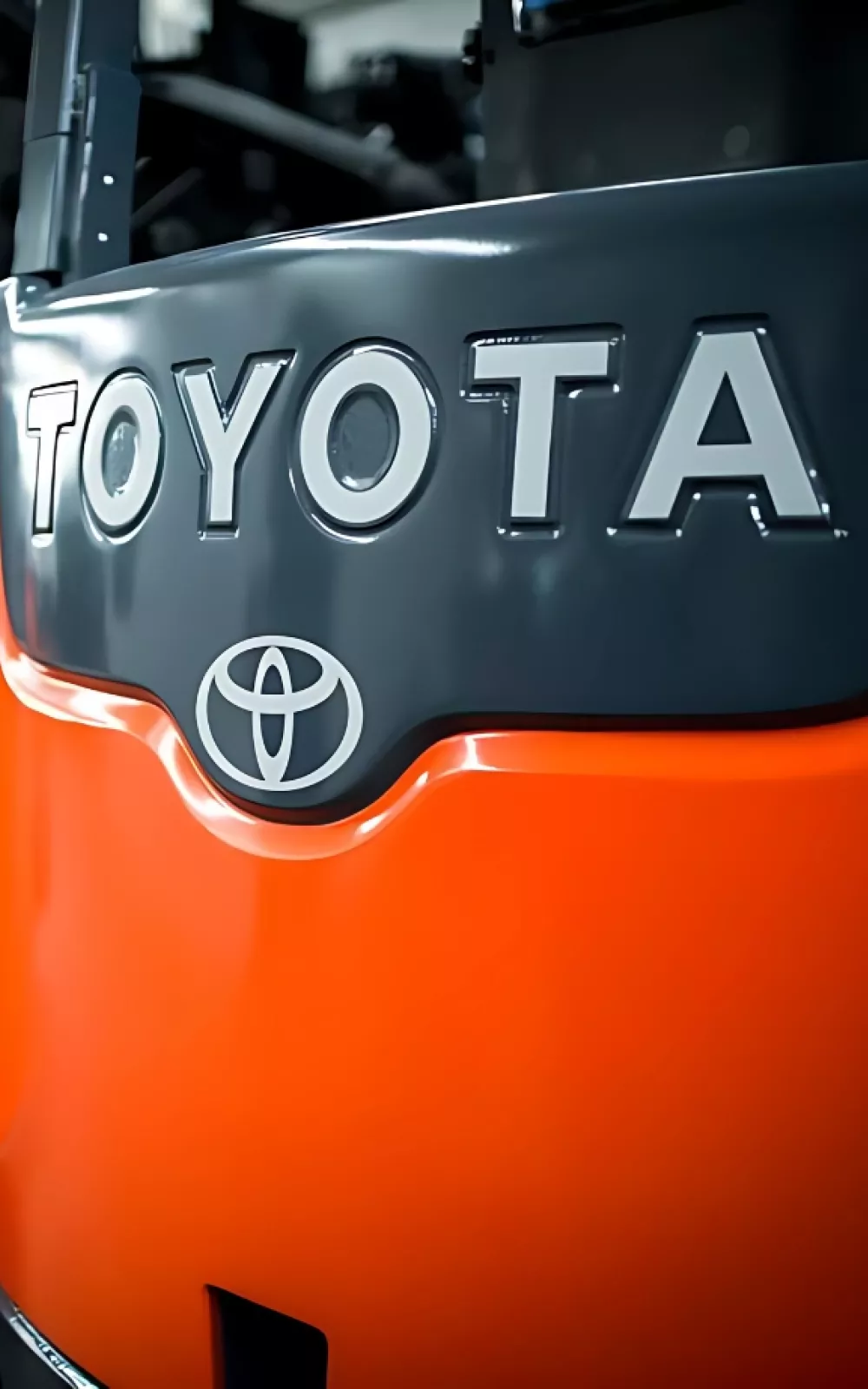Rent
ProLift offers daily, weekly, and monthly rentals. Find the right equipment for maximum productivity and safety.
Let us know how we can assist you! A ProLift specialist will connect with you to help with your material handling needs.

Choosing the right aerial lift is essential for ensuring safety and efficiency on the job. Discover the key factors to consider when selecting an aerial lift, from height and terrain requirements to load capacity, and find out how the right equipment can boost productivity and keep your team safe.

Choosing the right aerial lift can often feel like guesswork, with choices made based on previous models, what’s available in a dealer’s rental or used fleet, or even a hunch. However, incorrect equipment choices can lead operators to devise makeshift solutions that may compromise safety.
Aerial lifts offer versatility and come in a variety of models, but no single lift can meet all job requirements. It's crucial to evaluate the work site and application needs carefully. Important considerations include not only the lift's reach but also its ability to navigate from the delivery truck to the job site. Factors such as aisle width, elevators, slopes, surface conditions, turning radius, power access, and the size and weight of the loads must all be taken into account when selecting the right aerial lift.
Leverage tools like tape measures or ultrasonic distance meters to accurately gauge aisle widths and the heights of doorways that your aerial lift will need to navigate. Without such tools, you can estimate height by counting cinder blocks from the floor to the ceiling. Each cinder block, typically 8″ tall with a mortar joint, can provide an accurate height approximation.
It’s also critical to ascertain the ‘up and over reach’ of the aerial lift. The majority of scissor lifts come with a 3′ (or larger) deck extension, enabling the machine to rise above the structure, extend the deck, and achieve up and over reach. Articulated boom lifts, characterized by multiple elevated boom sections, present pivotal height specifications. This key parameter indicates the height at which an operator can pivot over an obstruction.

If you're considering adding or replacing your forklift instead of continuing to invest in frequent service and repairs, reach out to ProLift to discuss options that fit your needs and budget.
Given the variations in manufacturer information, it’s crucial for operators to comprehend the differences between aerial lift platform height and working height. The platform height signifies the maximum elevation to which an aerial lift can elevate an operator’s feet. Conversely, the working height is defined as 6′ above the platform height. Many scissor lifts specify the maximum platform height and width within the model number, whereas boom lift models may indicate platform height and horizontal reach.
Selecting the incorrect aerial lift for the task can increase the risk of accidents. Collaborate with our sales consultants to determine the ideal aerial lift for your specific application.
As a full-service material handling dealer, ProLift can help you with questions and solutions for your equipment, service, parts and more. Tell us how we can help.

Let us know how we can assist you! A ProLift specialist will connect with you to help with your material handling needs.
